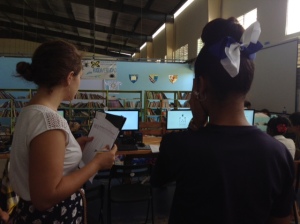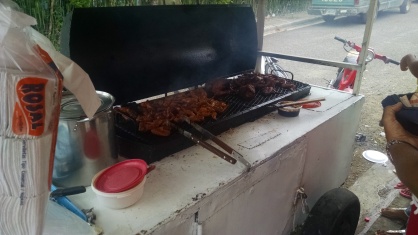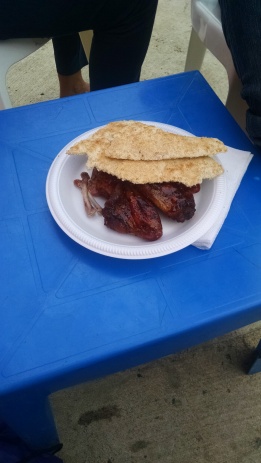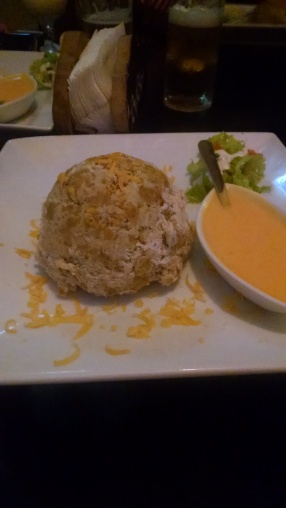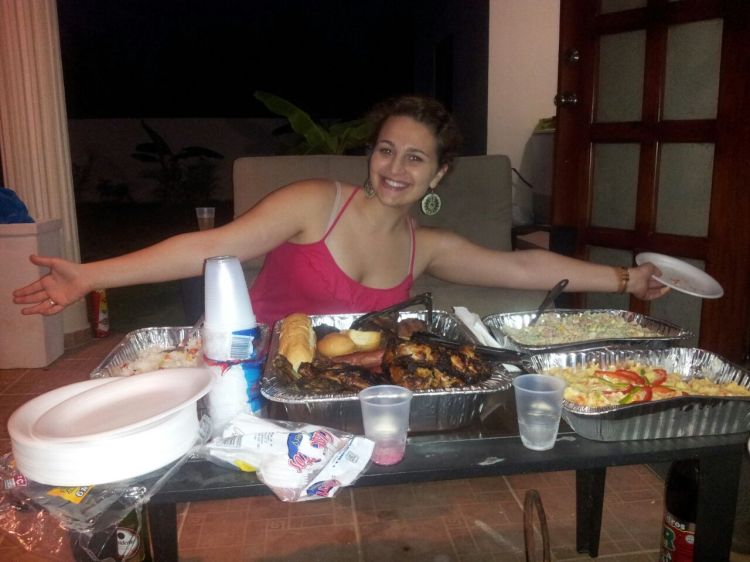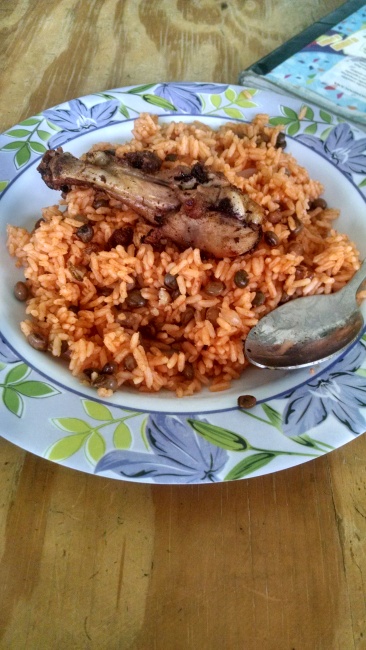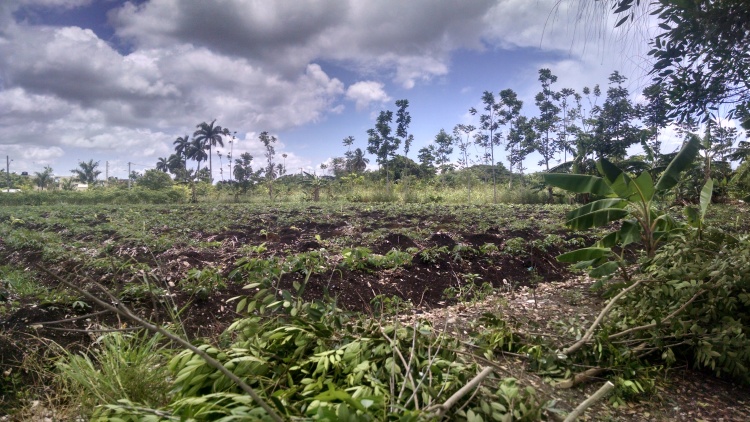I don’t know why, but as I was bracing myself for the cold water, I thought back to a previous summer. A summer spent watching friends dump buckets of ice and water over their heads, recorded on video, posted on social media for all to see. The thought seemed antiquated, almost out of time and place, like I was returning to a conversation held a hundred times before two and a half years ago. I braced myself and I let it go over my head.
The water was painfully cold, but the summer heat quickly reached me again. My whole extended family and then some watched from the second story balcony above me and my cousin and father–they laughed. When I burst out that I was then challenging my older brother to also dump a bucket of ice water over his head and donate to the ALS foundation collecting the charity, an errant sandal came whipped straight for my head.
Millions, they raised during that one summer. It was incredible, as a member of a team at my college, that did fundraising and did advocacy for global health efforts, one only drooled over numbers like that, numbers that belonged on the annual reports of the biggest names only–NGOs like the Gates Foundation and Doctors Without Borders. Those numbers, they meant money, and money meant relief. Money, for our group, meant buying medical infrastructure for people far away. Money meant supporting global health equity, and all the pride that goes with knowing exactly what that means. When you get money, and you donate it, it means you are doing good, it means you are making an impact, it means you are making change.
I begin to shampoo my hair, after three more buckets worth of cold, stagnant water. The water came from my toilet’s leaking chamber, caught in a cut up plastic gallon bottle of what was once clorox. I use this water to shower first, so I do not waste any water. We aren’t in a drought anymore, as far as I can tell, but I got into the habit of saving water. I do this every other night, bucket after bucket, and I once thought a single dump was too much to bear. If I had a dollar for every time I dumped a bucket of cold water on my head to shower…
During that summer, I had various conversations with a good friend about what the Ice Bucket Challenge was telling us about society, yada yada. It was the exact types of conversations I love to have, where I pull out my best amateur anthropological reading of a situation, use big words. It was about Slacktavism. You know, re-post a profile picture to show you support a cause but without actually making any other changes to your life. Dump a bucket of water over your head, take a video, donate $10 on a website and call it a day. The type of gesture that shows you do care, and when it is convenient to you, you will do what you can. And someone who dabbled in the NGO sphere, the world of raising funds and bending over backwards for rich people to care for causes far away or not relevant to them–this was brilliant. Something fun, something viral, something to take the money and give it to the right people to do the right thing.
But he still took issue with it, though he couldn’t quite articulate why.
Besides, I would tell my friend, it is okay. People like to think they’re doing good. It’s raising money and people feel good doing it. It’s fun.
He sent me articles that talked about how the challenge stole away funds that would possibly be donated to other causes, ones that affected more people daily, ones that were more cost-effective in their effectiveness–buying mosquito nets to prevent malaria in Sub-Saharan Africa, for example. Cheap cheap cheap (as I lay under my “fancy” mosquito net here, costing me all of $5, for a year without worry of being bitten while I sleep). Mosquito nets prevent malaria. They will save lives. They do. A cure for ALS is expensive to invent. When it is invented, it will be patented. It will be expensive to buy. Drug companies will profit. The uninsured will not be able to afford it. Children the world over will continue to scratch at their mosquito bites, if they are lucky.
Sometimes I scream when I take my bucket showers here. Nothing too brutal or shriek-like, just a yelp, just to let out some of that shock. This is no sacrifice. I do not know sacrifice. I help when it is convenient. When it is summertime, and I am at the beach house with my whole extended family to laugh at me, I can do the ice bucket challenge. When I have graduated college with no debt, I can move to the Dominican Republic for a year to work at a high school, sans hot water showers. I still admire my co-workers for raising money for their projects. I still gawk at the ten-thousand dollar grants this little school can obtain. Those once-in-a-while cash injections. The charity our family and friends are willing to give us when we are trying to implement some good.
Charity is a flawed concept. If we want to change the world by giving other people our money, we will never accomplish it. Long term, you are only creating dependence when all you give is money, medical supplies, school books. This is definitely not new: give a man a fish/teach a man to fish idea.
Charity, however, is stuck in the “give a man a fish” part of the adage. We are stuck there because our economic system (and cultural concepts of exchange) are tied to capitalism. They are tied to ideas of the never-ending potentiality of infinitely creating wealth, and thus, the infinite creation of waste. It’s a system meant to always keep furthering the gap between the factory owners and the factory workers. Charity, as we know it now, perpetuates this gap by continuing to create dependency of the flow of capital into the hands of the lower majority of the world on the economic success of the upper minority. The poor cannot survive without the success of the rich. The success of the rich depends on the exploitation of the poor. Here’s the loop. (Paulo Freire, Pedagogy of the Oppressed, helped me grasp this one).
Slacktivism is just charity, dressed in new clothes. Giving and acting at you convenience, when it is easy, on the behalf of others, is not really doing much to empower others, on teaching them to fish. Only when we empower each other can we change the way things are, only then can we really spark the new forms of thinking and problem solving that we’ll need in any sort of future.
“True” charity and activism should not be about sacrifice–it should not be me sacrificing some of my hard earned pay, or humility in front of my cousins, or warm comfort. It has to be about reciprocation, about two people coming together, not to exchange, but to share. A moment of this charity places two people as equals, as one being dependent not on the exploitation of the other, but on their mutual success.
I get dressed and washed the dishes, like I promised my housemate. He took out the trash, so I said I would wash them. When he comes in to say goodnight, he also asks me some questions about English vocabulary. I am happy to give him a new word or two to study. I enjoy his company.
…..
Dedicated to my friend, Dan



